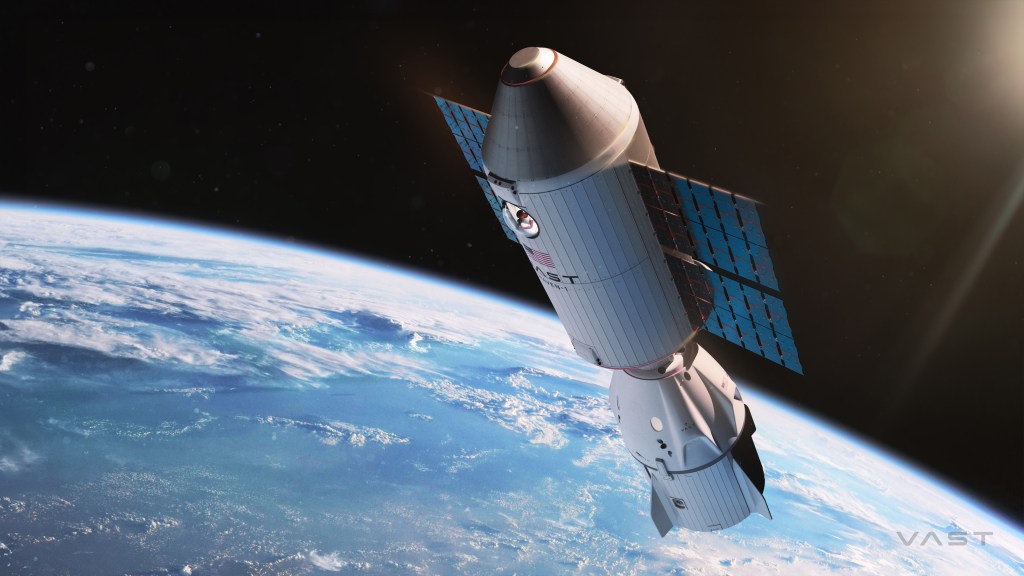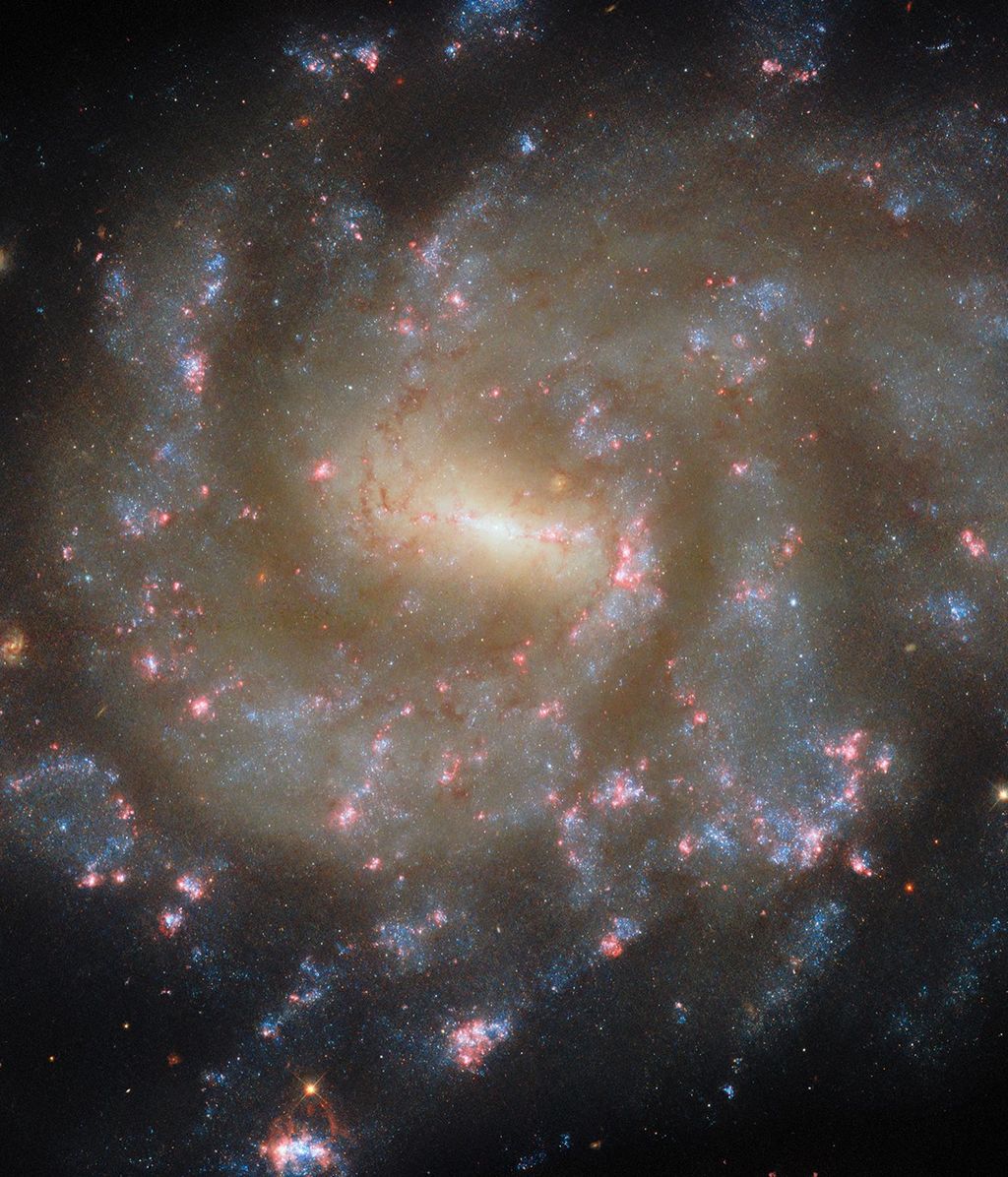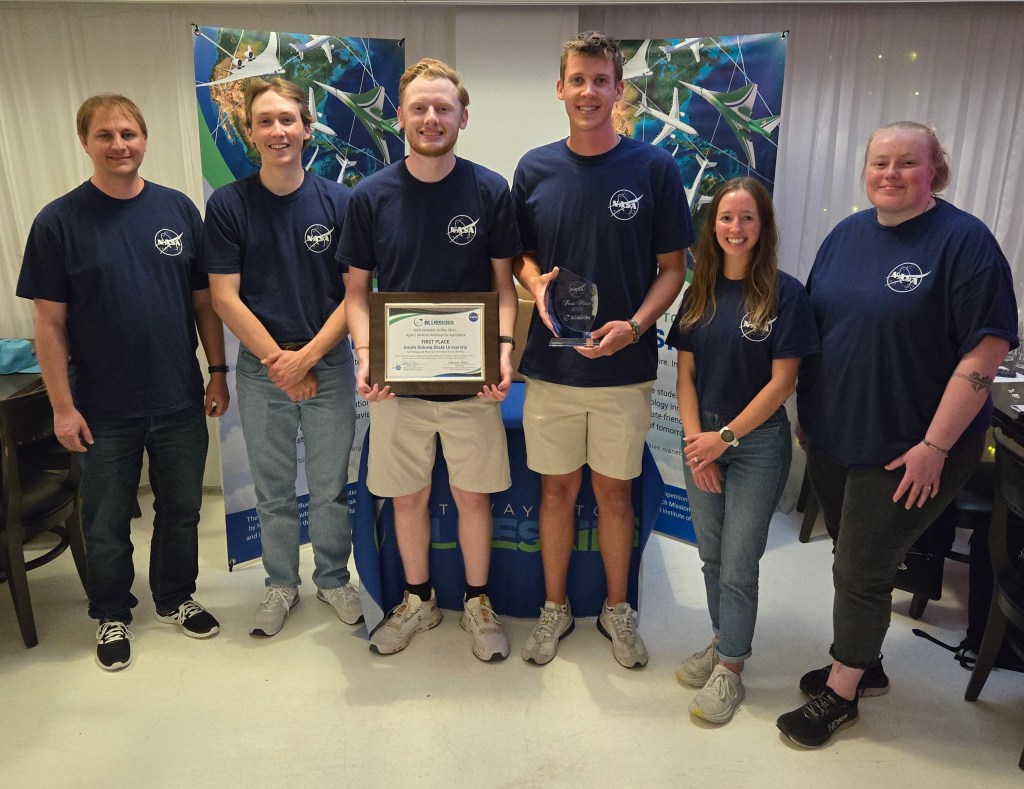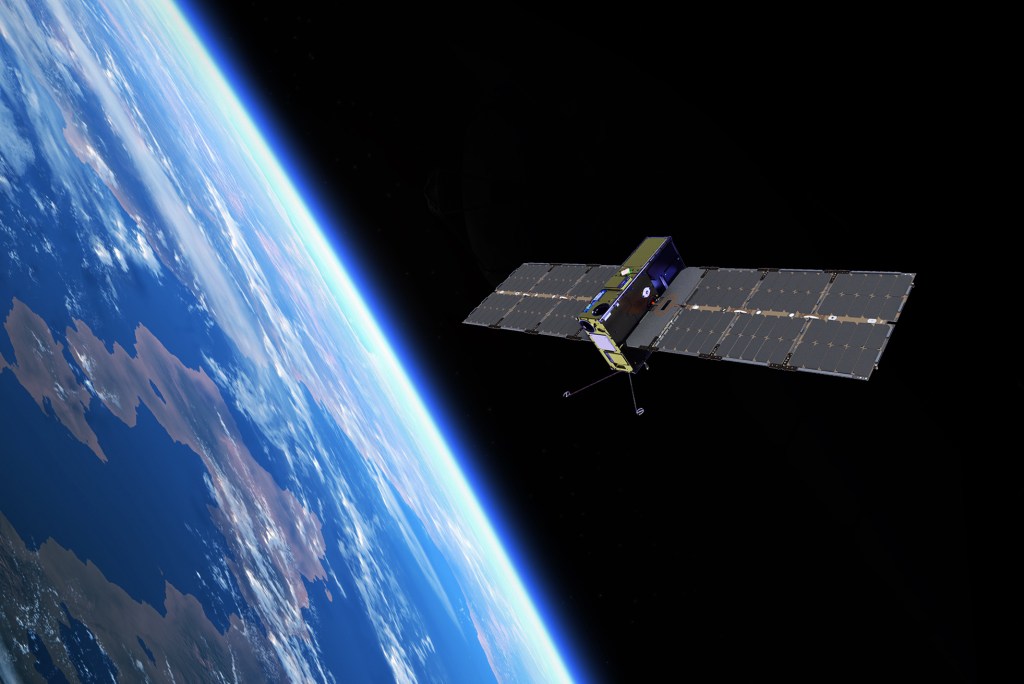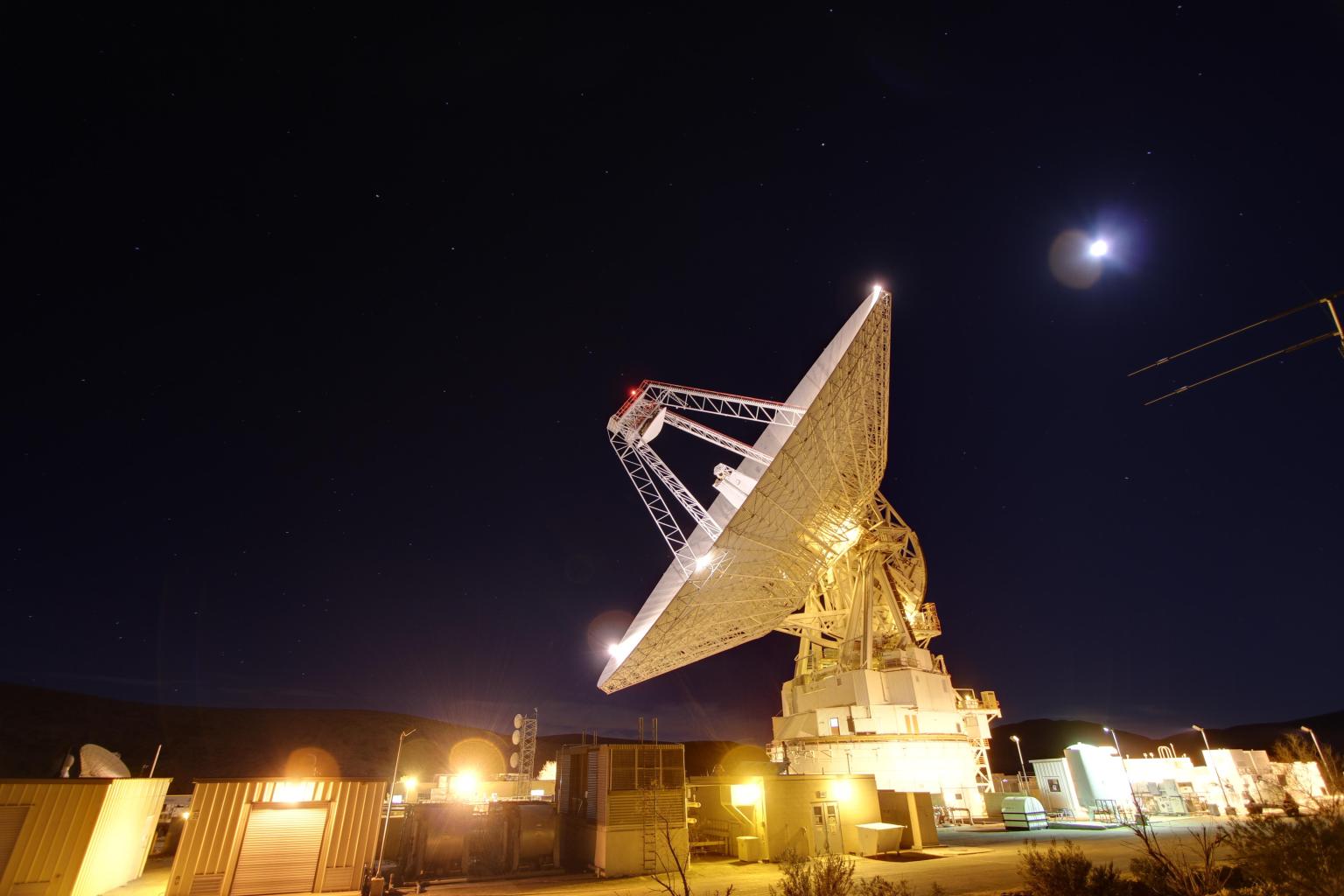Laser Comm
As mission instruments evolve to capture immense science and exploration data, spacecraft will need enhanced ways to transmit information to Earth. Traditionally, NASA missions have relied on radio frequency communications to send data to and from space. Laser communications employs infrared light instead of radio waves and can transmit more data in a single link.
TODAY
Demonstrations
Data Rates
Why Lasers?
More Data = More Discoveries
Since the beginning of spaceflight in the 1950s, NASA missions have leveraged radio frequency communications to send data to and from space. Laser communications, also known as optical communications, will empower missions with unprecedented data capabilities.
Read More
How it Works
Infrared. Transmitting More.
While both infrared and radio signals travel at the speed of light, infrared light can transfer more data in a single link due to its tighter wavelength. Both are forms of electromagnetic radiation with wavelengths at different points on the spectrum but infrared occurs at a much higher frequency, allowing NASA to pack more data into each transmission. More data yields more information and discoveries about space.
Read More
Benefits
Smaller Size, Weight, & Power.
Laser communications systems are ideal for missions because they typically require less volume, weight, and power than comparable radio communications systems. Less mass means more room for science instruments, and less power means less of a drain of spacecraft power systems. These are all critically important considerations for NASA when designing and developing mission concepts.
Read More
Challenges
Overcoming Obstacles.
While laser communications can provide increased data transfer rates, atmospheric disturbances — such as clouds and turbulence — can disrupt laser signals as they enter Earth’s atmosphere. To combat this, NASA selected remote, high-altitude locations for their clear weather conditions. Current NASA-owned optical ground stations reside in Hawaii, California, and New Mexico.
Read MoreLaser Communications Demonstrations
Laser communications truly began with the invention of lasers in the 1960s, which made the technology possible. Over the years, there have been many applications of laser technology, but laser communications is one of the most promising. NASA is demonstrating the benefits of laser communications in multiple regimes.

Orion Artemis II Optical Communications System (O2O)
O2O will demonstrate laser communications on the Orion spacecraft, enabling live, ultra-high-definition video feeds between astronauts and Earth.

Deep Space Optical Communications (DSOC)
Hosted Psyche, DSOC is testing laser comm against the challenges of deep space exploration. DSOC broke the record for farthest laser link ever achieved.
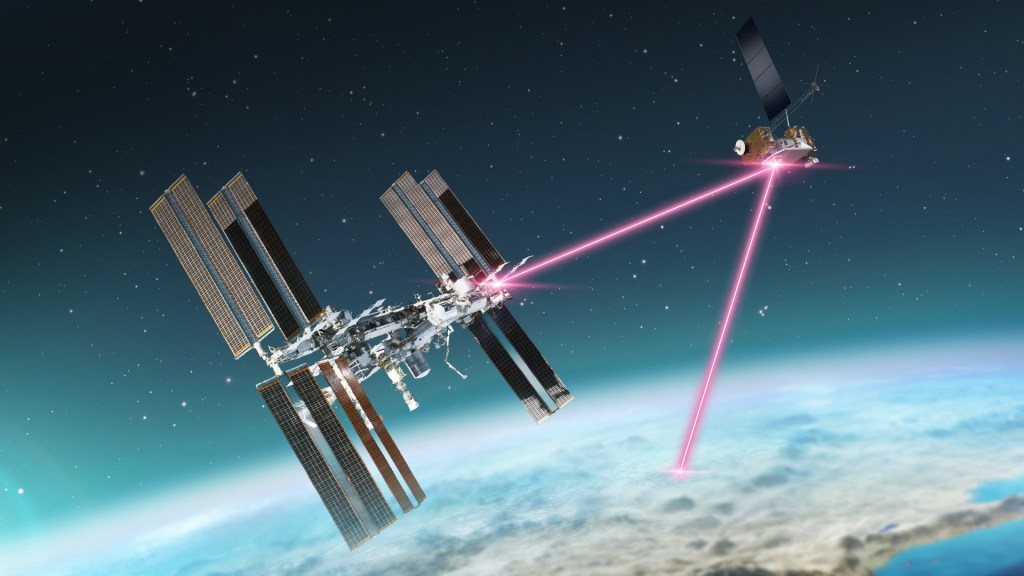
Integrated LCRD Low-Earth Orbit User Modem and Amplifier Terminal (ILLUMA-T)
ILLUMA-T completed NASA’s first two-way, end-to-end laser relay system and demonstrated the benefits of laser comm for crewed missions.

TeraByte InfraRed Delivery (TBIRD)
TBIRD broke the world record for the fastest laser comm downlink from space. The payload demonstrated direct-to-Earth laser communications from a CubeSat in low-Earth orbit.

Laser Communications Relay Demonstration (LCRD)
Located in geosynchronous orbit, LCRD is conducting experiments, communicating data at 1.2 Gbps, and showcasing the benefits of laser relays.

Optical Payload for Lasercomm Science (OPALS)
OPALS was a technology demonstration aboard the International Space Station designed to test the use of focused laser energy for space communications.

Optical Communications and Sensor Demonstration (OCSD)
OCSD, consisting of three CubeSats launched in 2017, conducted the first-ever high-speed laser communications downlink from a CubeSat to a ground station.

Lunar Laser Communications Demonstration (LLCD)
LLCD demonstrated laser communication links from the lunar region in 2013. Hosted on the LADEE mission, LLCD was able to transmit data at 622 Mbps.






